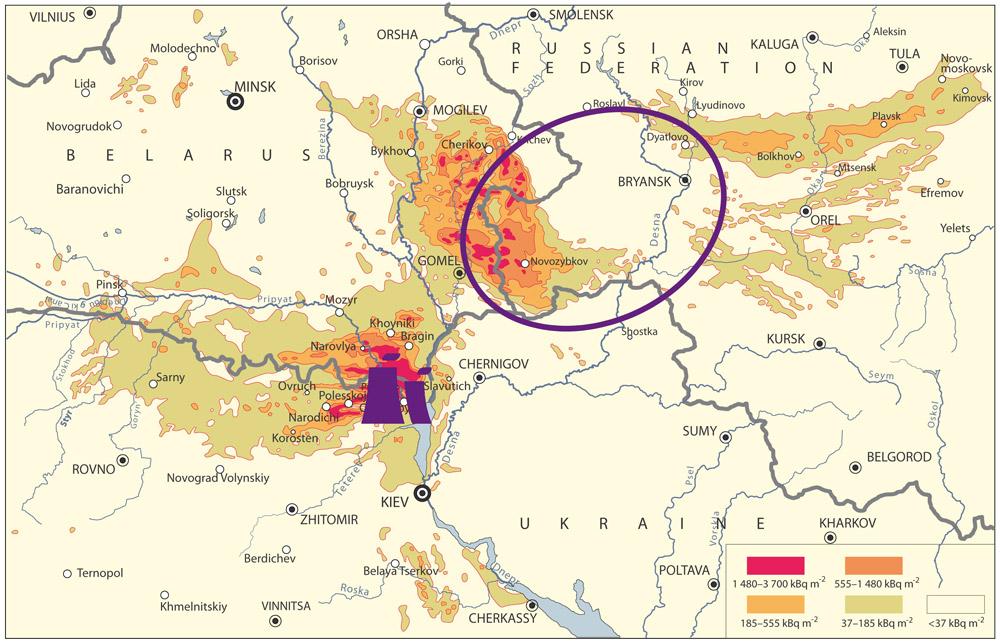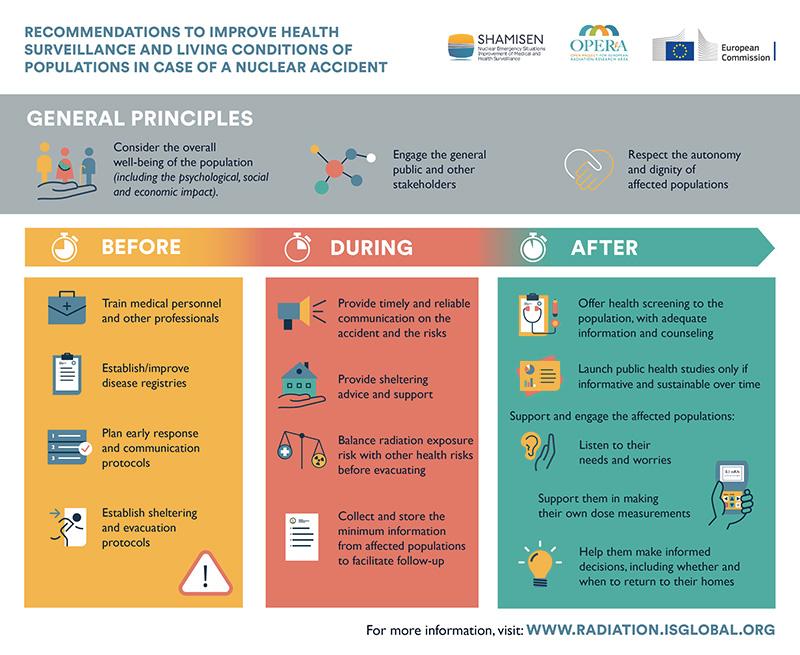On 16 April 2018, IRSN and the CEA successfully completed a first test simulating an accident situation in the Cabri reactor at Cadarache as part of an experimental programme. This experiment was conducted on a new pressurised water loop and is the first step in the CIP international research programme to improve reactor safety.
Purpose of the test
The Cabri International Programme (CIP) seeks to improve knowledge of fuel behaviour in pressurised water reactors (PWR) during an accident involving a sudden increase of power in the reactor. The first test under the programme was conducted on 16 April 2018, on the renovated CABRI reactor, equipped with an experimental pressurised water loop [1]. This loop will be used to analyse fuel behaviour in a thermal-hydraulic configuration, representative of a PWR. The instrumentation installed by IRSN in the CABRI reactor can take vital measurements for interpreting tests. The Hodoscope is the only equipment of its kind in the world to provide real-time measurements of the power along the rod tested, its elongation and any potential fuel relocation.
The purpose of the first test is to ensure that the new loop works properly, study boiling following heat transfer from the fuel rod to the water, and the behaviour of fuel in the event of sudden and mass heat injection.
According to Jean-Christophe Niel, Director General of IRSN, “the next step in the programme hinges on testing the irradiated fuel rods in an environment as close as possible to that of a pressurised water reactor core. These conditions have never before been created in this kind of experiment. The aim is to obtain the knowledge required to assess the safety of PWR reactors.” The test will study heat exchange between the coolant and rod cladding, along with the thermal interaction between the ejected fuel fragments and water in the event of cladding rupture.
IRSN research on fuel behaviour in accident situations
IRSN research focuses on fuel behaviour under various accident situations that could affect pressurised water reactors:
- uncontrolled development of the nuclear reaction resulting from ejection of a control rod assembly formed of absorbent rods that help control the nuclear reaction;
- loss of coolant accident (LOCA) caused by rupture of the reactor coolant pressure boundary;
- dewatering of a spent fuel pool, in particular subsequent to feedback from the Fukushima-Daiichi accident.
These research projects are essential for developing the expertise of IRSN teams.
Jean-Christophe Niel underlines that “these research projects have objectives shared by the international community and need to promote partnerships in France and abroad with IRSN counterpart institutions, in particular the ETSON network [2], and with research bodies such as the CEA, with whom we are working hard to ensure the success of the Cabri International Programme (CIP).”
In addition to the experimental programmes conducted in the CABRI reactor, IRSN research draws on a large database of international experiments, comprising results from reactor tests (NSSR in Japan, BIGR in Russia, etc.) and analytical tests on cladding behaviour and heat transfers. IRSN is also participating in a number of international research programmes, in particular an OECD project in Halden, Norway, and another in Studsvik, Sweden. It is also carrying out projects funded by the French National Research Agency (ANR) in a post-Fukushima context, on fuel behaviour in a spent fuel tank in the event of dewatering, and on the coolant of a fuel assembly deformed during a LOCA. In addition to large-scale tests under representative conditions, earlier work is carried out with academics to develop and approve the models later integrated into simulation software used for safety studies.
Notes:
- Two initial tests were conducted in a “sodium” loop before renovation of the reactor and the development of the pressurised water loop. It will be possible to compare these results with results from the tests conducted in the pressurised water loop.
- The main role of technical safety organisations (TSO) is to scientifically assess the safety of nuclear facilities and the radiation risks. Within the international network, Etson, they now also work on research, discussions concerning future choices, training and even communication with society on nuclear and radiation risks.
CEA CABRI research reactor at Cadarach
The CEA operates the CABRI research reactor on behalf of IRSN. It is its experimental facility to study the behaviour of nuclear fuel in the event of an accidental power increase, located at the CEA Cadarache research centre in the South of France (Bouches-du-Rhône).
The reactor was built in 1962 and has been adapted since its construction for the purposes of safety studies on French nuclear facilities, from fast neutron reactors to recent pressurised water reactors.
It has therefore undergone a major renovation programme (civil engineering, fire protection, etc.) in order to comply with current safety standards and install an experimental pressurised water loop. As acknowledged by François Gauché, Director of Nuclear Energy at the CEA, “this renovation programme required significant resources from the CEA and IRSN over a long period of time. This first pressurised water loop test is a token of our collective success.”
One specific property of the CABRI reactor is the rod system in its core, which uses an ultra-rapid depressurisation phenomenon to change the reactor power by a factor of around 200,000, from 0.1 MW to 20,000 MW in just a few milliseconds, for a very short duration of 10 to 100 ms.
About the CEA
The CEA is a public research body that works in four fields: defence and security, nuclear and renewable energies, technological research for industry and fundamental research. Drawing on its widely acknowledged expertise, the CEA actively participates in collaborative projects with a large number of academic and industrial partners. With its 16,000 researchers and staff, it is a major player in the European Research Area and its international presence is constantly growing. www.cea.fr
About IRSN
IRSN is a public body with industrial and commercial activities (EPIC). Its missions are now defined by French Act no. 2015-992 of 17 August 2015 on the energy transition for green growth (TECV). It is the public expert in France on nuclear and radiation risks. IRSN contributes to public policy on nuclear safety and human and environmental protection against ionising radiation. It is a research and assessment body, working with all players affected by these policies, while retaining its independent position. IRSN operates under the joint authority of the Ministries of the Environment, Research, Energy, Health and Defence.





